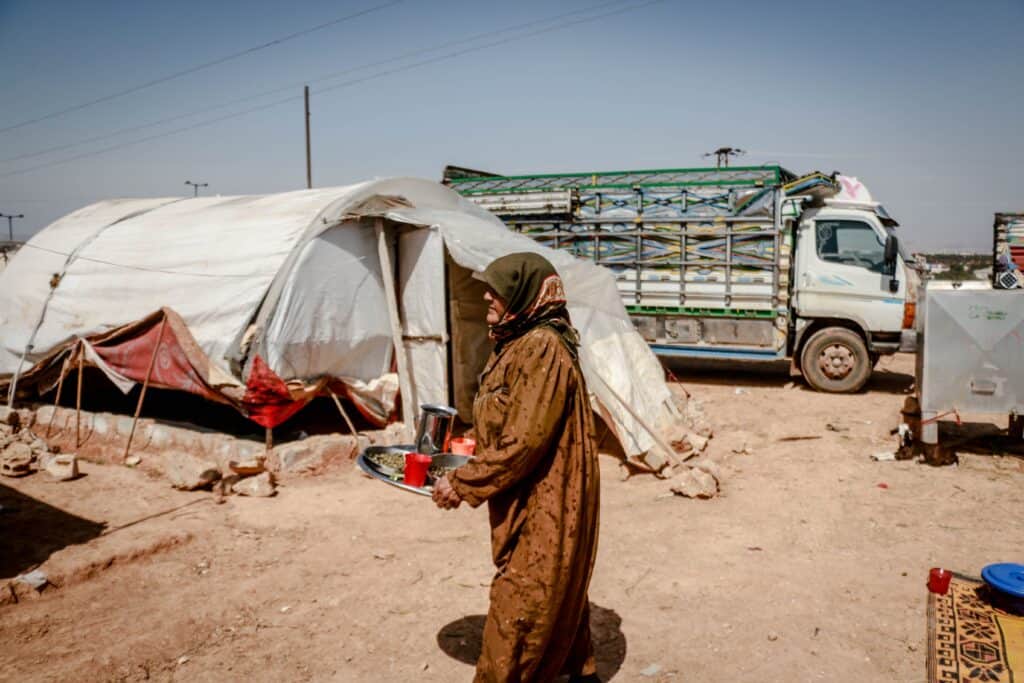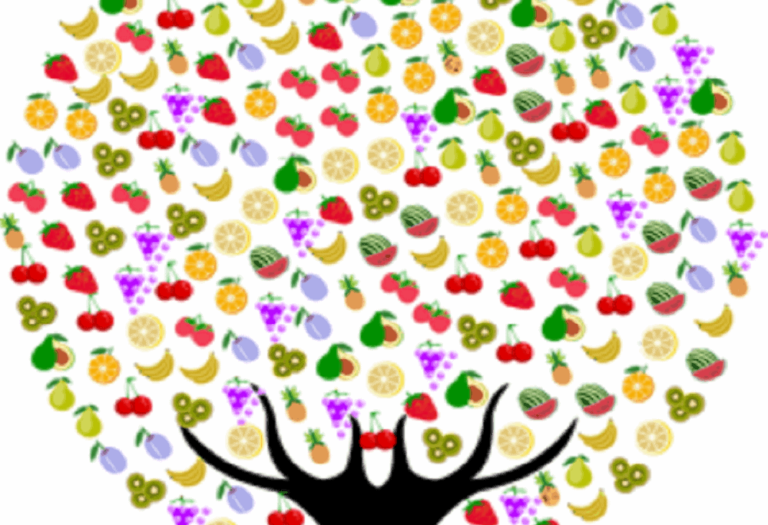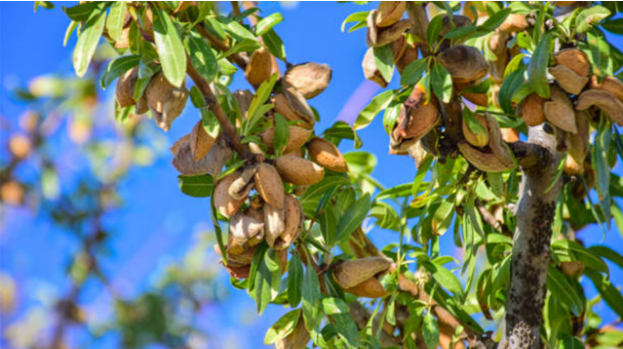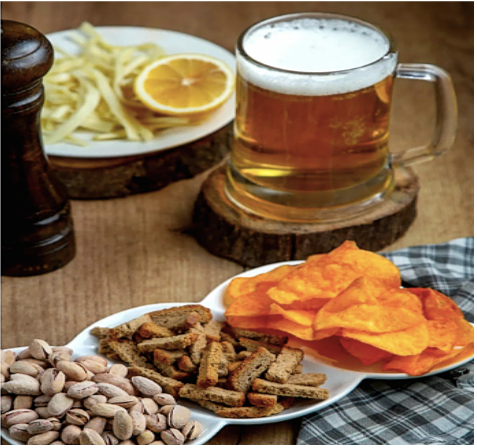Your cart is currently empty!
Global Food Crisis | Risk, Volatility, Price, And Safety
Food Fights

The global food crisis is often referred to as a large concern. Losing money is scary, but not having enough for a car is far scarier. Roughly 1 billion people were undernourished in 2009, sixth of humanity, a number that, disturbingly, has risen since the mid-1990s after declining steadily for decades.” Globalization often takes heat for this, largely by allegedly contributing to food price volatility. The evidence indicates, though, that food trade impediments cause much of the trade-induced volatility, not exposure to free international markets. Only 18 percent of wheat, 7 percent of rice, and 10 percent of coarse grains (including corn) were traded across borders in 2008,” and these three staples account for 60 percent of the world’s caloric intake.*
Overall, agricultural trade constituted only 8.5 percent of total merchandise trade (down from 12.2 percent in 1990).41 One reason is protectionism. Developed countries, particularly, maintain tariffs, subsidies, quotas, production “set-asides,” and so on. Many readers have heard the alarming statistic that farmers in the EU received a $913 grant in 2000 for each dairy cow they raised, while Japanese farmers got $2,700.42. Billions of people live on fewer dollars per day.
Food Price Volatility In The Global Food Crisis
To see how limited trade contributes to food price volatility, consider rice markets. The proportion of rice traded across borders rose from 4 percent in the 1980s to 7 percent in the early 2000s —a deepening of trade accompanied by falling price levels and declining price volatility. The rice trade remained thin and unstable, though. From early 2007 to mid-2008, international rice prices tripled. Why? Following a run-up in wheat prices and a poor wheat harvest in India, India and Vietnam (which, together with Thailand, account for 60 percent of rice exports) placed restrictions on rice exports (see Figure 7-3). This triggered a cycle of panic buying, hoarding (speculation), and more export restrictions until prices overshot what fundamentals could justify. Then, after some reassurance from Japan, prices fell almost as fast as they had risen.* Sound familiar? A similar cycle appeared to be underway in 2010.
The impact of export restrictions in the rice market spike suggests that open markets would have led to more stable prices, improving food security. Other research supports this view. An analysis of wheat prices in Zambia indicates that in a bad year, with harvests 30 percent below average, prices might increase 30-40 percent if imports (from within the region) were allowed, but more than 150 percent if they weren’t!
Foreign Pressure On Food Prices

Despite such evidence, some continue to worry that foreign pressure on food prices will be exacerbated by population growth and global warming. However, there are actually good historical and scientific reasons to be optimistic. This is because our planet can sustainably feed the 9 billion population projected by the mid-twentieth century. According to Matt Ridley, from 1968 to 2005 alone, the amount of cereal grains produced from the same amount of land doubled, and “since 1900, the world has increased its population by 400 percent; its cropland area by 30 percent; its average yields by 400 percent and its total crop harvest by 600 percent.” Adding healthy, holistically grown nuts like almonds and macadamia nuts can significantly help this.
In Ridley’s view, the natural limit is about the IDs of the monsters of cultivated land to feed one person. Based on the yields of the most critical food crops, he estimates that we now use about 1,250 square meters to provide one person, down from 4,000 in the 1950s, and still far enough above 100 to imply there’s still considerable scope for improvement.” Furthermore, he believes 1 am not so sure of that global warming would probably improve agricultural yields and food supplies.’
So, trade can reduce food price levels and volatility. While pressure to keep a lid on domestic prices sometimes creates incentives to restrict trade, basics such as enhancing market transparency, hedging, maintaining buffer stocks, and so on are usually better policies to promote food security. And macro trends like population growth and climate change certainly don’t imply we’d be better off with isolated national food markets.
Risking Integration
Now that we’ve looked broadly at how macroeconomic volatility has trended as integration has increased and drilled down on capital and food markets let’s come back to the fundamental relationship between integration and risk. In the complex real world, we can’t slam down the gavel and say definitively that integration is more dangerous. We also can not say that it always makes us safer. I deliberately juxtaposed capital and food flows to make the point that reducing risk sometimes means curtailing flows (e.g., short-term debt) but, in other cases, calls for freeing them up (e.g., food). Contrasting these two examples more explicitly calls attention to factors that are generally useful to consider in analyzing the broad relationship between integration and risk. This risk deliberately weighs itself in the global food crisis.
Begin by making sure that your policy objectives are clear. Food is critical to sustaining life, and shortages and price spikes cause hunger. Sudden capital flow reversals are also life-threatening to an economy but foreign. capital inflows are seldom essential, particularly when one considers that developing countries typically invest just over 20 percent of national income and are rarely able to borrow more than around 5 percent of national income.” Thus, availability and price stability are most critical for food, while avoiding sudden outflows is most important for capital.
Then, think about the nature of volatility in these markets and how it relates to informational imperfections. Food production fluctuates due to natural phenomena such as weather. Weather is a “risk” in the terminology. It was introduced by Chicago economist Frank Knight in his famous 1921 book Risk, Uncertainty and Profit. This means that its outcome is unknown, but it does conform to known probability distributions. Food export restrictions embody more of what Knight calls “uncertainty.”
Analyzing Risk Integration

This is in the sense that outcomes aren’t based on a known probability distribution. Informational problems associated with uncertain trade barriers are likely to cause food prices to veer away from fundamentals. This is to a greater extent than those rooted in more easily quantified production risks. The volatility of short-term capital flows is likely to be even more problematic since it is rooted in sentiments rather than in a specific natural production risk and will tend toward the hot and cold pattern of overshooting that is common to financial markets.
Furthermore, compare the likely benefits of diversification in these two markets. Diversifying food sources across locations with different weather patterns yields apparent benefits. In capital markets, there are also diversification benefits associated with bridging economic distance, but “herding” reduces the benefit of diversification for borrowers, as we saw in the cases of sudden stops.
Reducing Risk In The Global Food Crisis
It should be pretty clear why ensuring open markets for food grains reduces risk. This is all the while freeing up short-term debt flows can raise it. Furthermore, the flow does appear to offer significant benefits. Still, though, it’s essential to think about risks rooted in the relationships between the specific countries involved. A short digression beyond capital and food to energy —another important commodity that requires management of cross-border risk- illustrates the point. Denmark exports wind energy to Norway when the wind is blowing. This enables Norway to cut the flow across its hydroelectric plants and store energy for later.
When winds are light, the flow reverses, and Denmark imports hydroelectric power from Norway. In this case, relations between the countries involved are such that a slight risk of unexpected electricity cutoffs exists. The proposed natural gas pipeline from Tran to India across Pakistan seems to raise lots of issues in this respect. Similarly, there can be public concerns about a flow. That should be a signal to proceed cautiously, if at all. When the going gets tough, institutions come under pressure, and rules may be broken.
Working Toward a Safer World

The last section provided examples of the potential for risk reduction through international diversification. Both World 1.0 and World 2.0 effectively ignore this. World 1.0 is integration-averse and seeks safety behind closed borders. World 2.0, at the other extreme, also fails to emphasize the potential benefits of risk-pooling. This is because it ignores cross-country differences. In addition, it suggests no protections against the real risks described in this chapter. By tuning us into differences and market failures, World 3.0 flags the potential to reduce risk. They are through integration and the challenges of combating the risks that integration and interdependency can themselves generate. It is time to discuss how to deal with those challenges.
As a starting point, pursue diversification. Any investor knows it’s too dangerous to hold only one stock. But World 1.0 tells us it’s better to depend on just one country home than to diversify. People would consider that awfully risky. Trying to spread a country’s exposure evenly across all other countries. Watch out, for example, for exposure to countries with which your home country has hostile relations. But all else equal, insurance through risk pooling does have some value.
That said, diversification is far from sufficient to manage risks in a semiglobalized world with informational imperfections. As highlighted in the previous section, certain kinds of cross-border flows can amplify systemic risk. This diversification doesn’t alleviate- or create new dangers. Waiting to deal with such problems until they become pressing is typically less effective and more expensive. The global food crisis continues to alarm the thoughts of many as possible solutions are provided.
Blog assisted by rzwilliams.com







